Abstract Resonances
- Nabuurs&VanDoorn

- Sep 24
- 2 min read
If we let words echo…
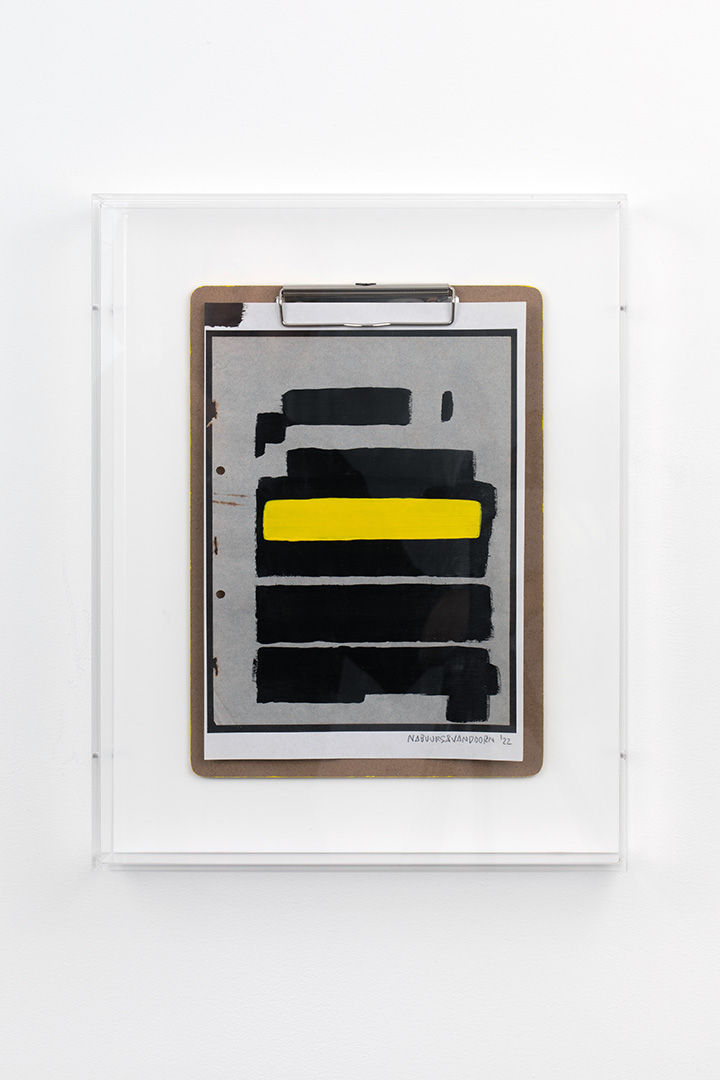
When Gilles Deleuze and Félix Guattari introduced deterritorialization, they described a fracture that loosens fixed orders, opening space for new connections and meanings. Yet this movement is never final; it folds back into reterritorialization, producing new structures, codes, and narratives. John Baldessari already captured this in his shift to conceptual art: lifting an element from its context to reveal hidden meanings. A face, word, or image fragment, once displaced, can transform how reality appears.
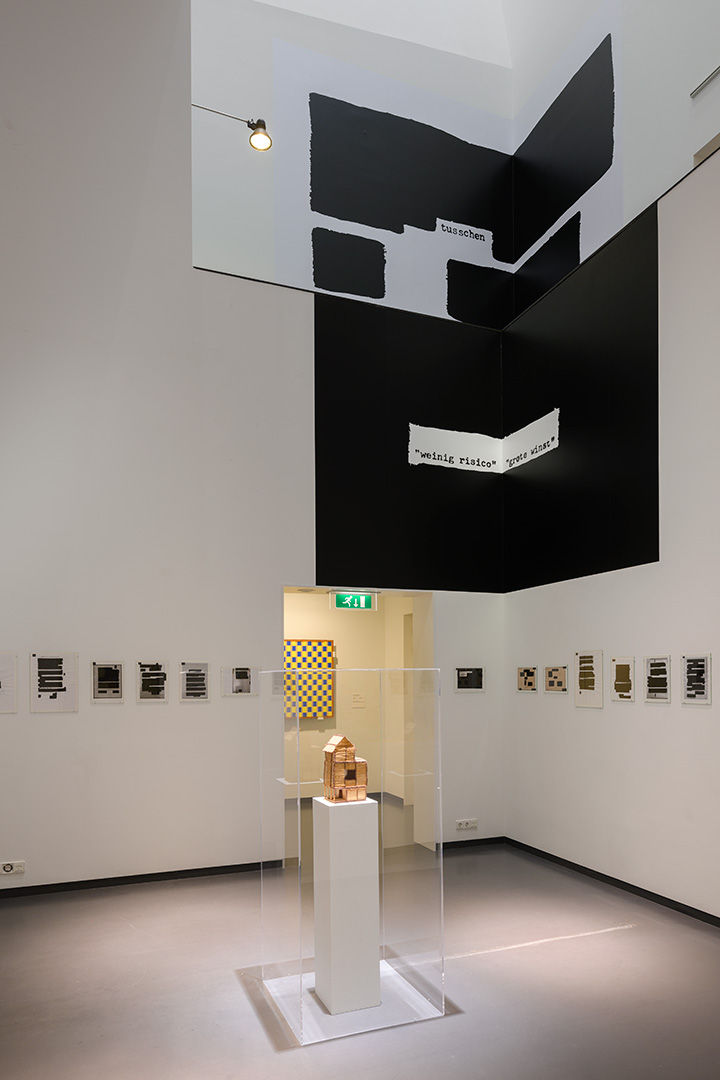
Our installation at the Van Abbemuseum engages with the Freeland League for Jewish Territorialization, founded in 1935 by Isaac Nachman Steinberg, father of art historian Leo Steinberg. The League offered an alternative in 1947, seeking other homelands in Suriname, Australia, or elsewhere—translating centuries of forced displacement into new forms of belonging. Their project was reterritorialization responding to a condition of perpetual deterritorialization.

We intervened in archival documents directly related to Freeland, censoring them until only fragments remained. These fragments, like found readymades, resist closure. Enlarged as wall prints and projected into public spaces connected to Freeland’s hidden history, they circulate again, detached from bureaucratic origin yet charged with new visibility. Their stark presence recalls how language, once removed from context, can become both vulnerable and powerful—an inscription that speaks by omission as much as by declaration.
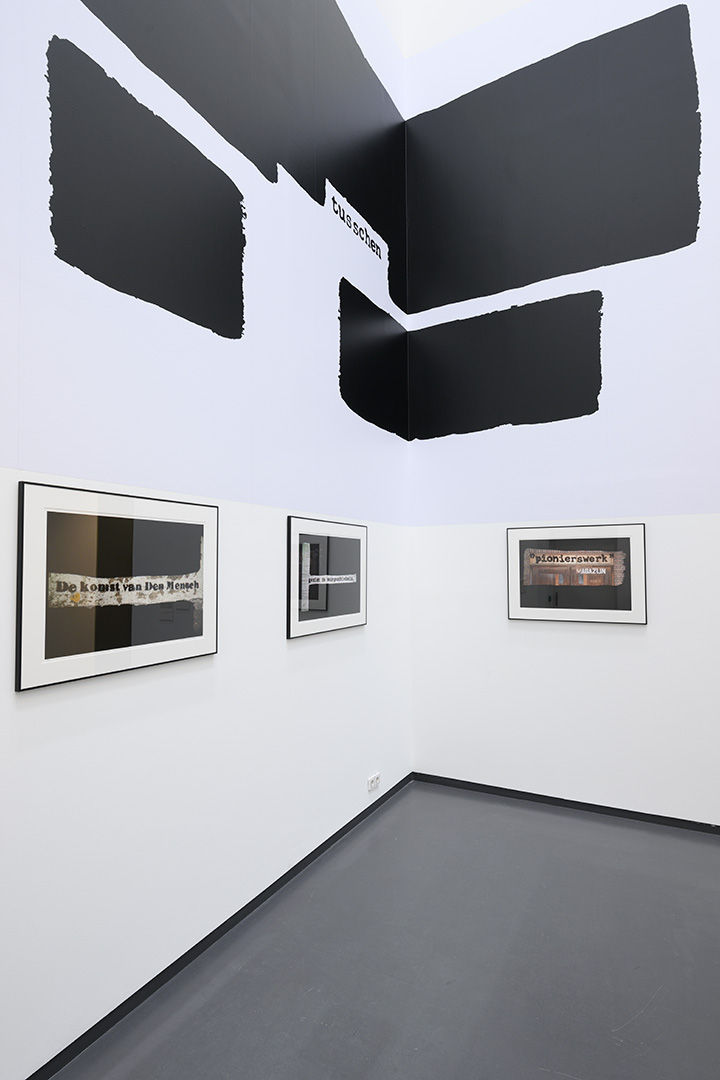
Photographs of these projections now loop back into the museum, creating a feedback circuit between archive, city, and exhibition. They expose how documents can be both authoritative and unstable, oscillating between fact and fiction, history and imagination.
In response to unfolding events, we painted over the remaining words in rainbow colors, referencing Over the Rainbow and Dorothy’s search for “someplace where there isn’t any trouble” in The Wizard of Oz. This act of covering up while revealing new gestures toward the fragility of memory and the persistence of hope, suggests that erasure can be both wound and possibility, silence and opening.
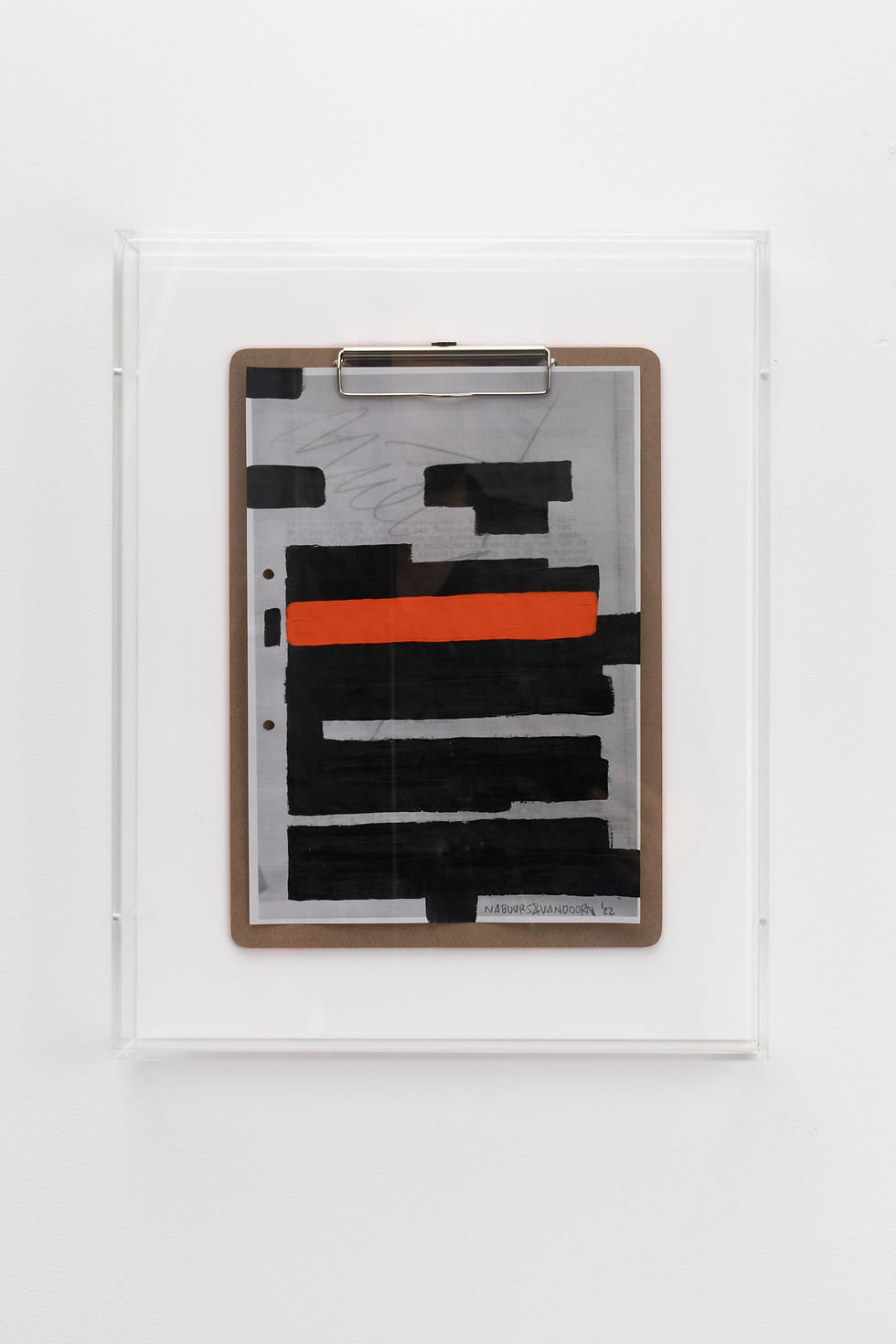
Abstract Resonances transforms forgotten documents into living archive. It shows how art can hold the anxieties of history while keeping them active today, bridging archive, public space, and imagination. Like a palimpsest, it insists that images and words are never fixed; they are constantly reframed, re-inscribed, and re-seen.
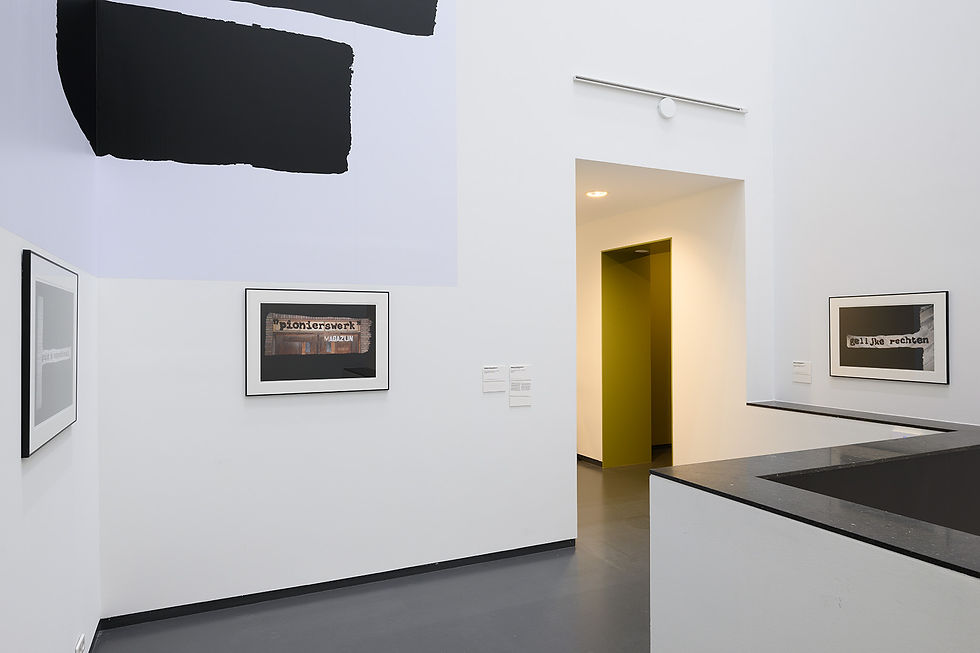
Our Zwischenlandschaften 2_Freeland installation is part of a broader inquiry into how archives speak, not as monuments to the past, but as living materials for rethinking belonging, displacement, and imagination. This process planted the seeds for our Living Atlas series, an unfolding project where memory, city, and image intertwine, opening new territories of thought and perception.



Comments